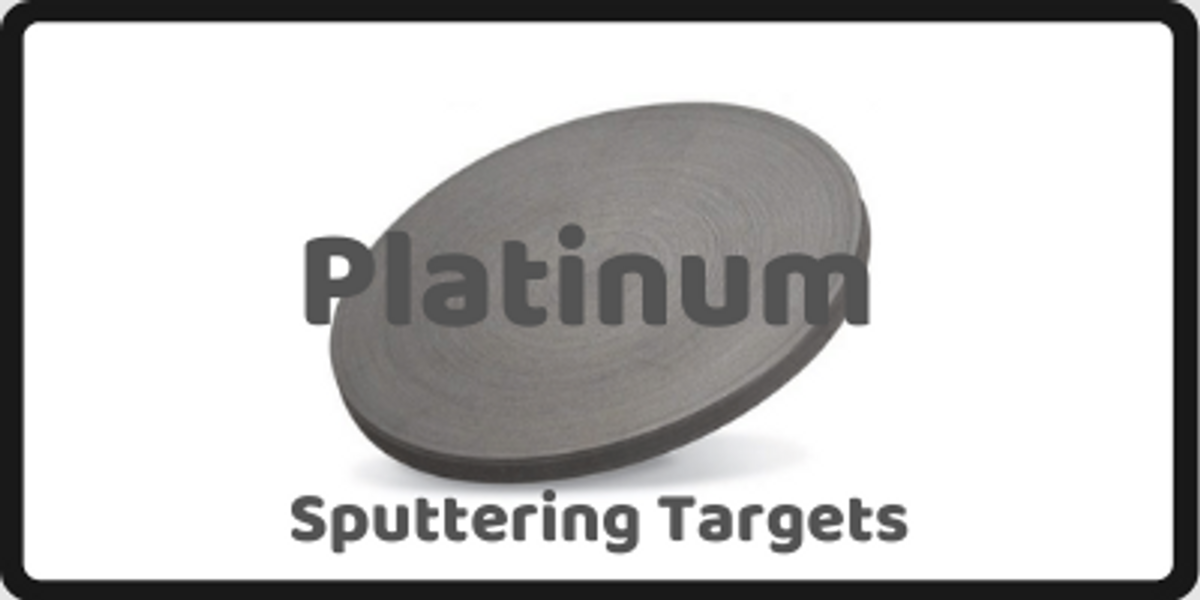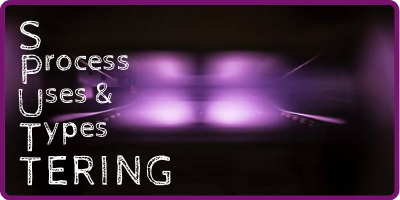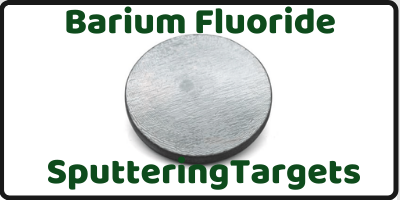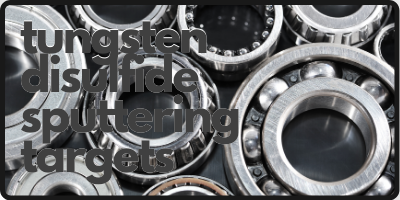Platinum Sputtering Targets and Applications
Platinum sputtering and thin film coatings have properties practically close to those of bulk metals with appropriate adhesion quality to solid substates. The sputtered platinum thin films are particularly employed in solar cells, micro fabrication of solid oxide fuel cell, porous platinum thin films and electrodes in micro-electrochemical devices. The elemental platinum is regarded an important metal and material with substantiable applications in electronics in nano and micro scales known as microelectronics and nanoelectronics as well as extensive use as industrial catalysts owing to the platinum’s excellent catalytic properties. Platinum is a precious, highly unreactive, ductile, dense and malleable transitional metal. This silverfish-white metal belongs to platinum group metals together with Os, Ir, Rh and Pd. Platinum is among the rare elements on Earth’s crust with six known naturally occurring isotopes. The least reactive nature of platinum is advantageous as it is resistance against corrosion at higher temperatures making it find a place among the noble metals 1.
Physical and Chemical Properties of Platinum
Metallic platinum is a lustrous corrosion-resistant metal which is more ductile than precious metals like gold, silver and copper. It is insoluble in strong acids like nitric acid and hydrochloric acid but dissolves in a mixture of them to form chloroplatinic acid. At higher temperature platinum has stable electrical properties. At temperatures as high as 500˚C, platinum is oxidized to PtO2 and engages in a reaction with halogens (fluorine, chlorine, bromine and iodine) forming compounds like platinum tetrafluoride. Platinum has two most common oxidation states as +2 and +4 (+1 and +3 oxidation states are not common a lot) and with regards to the soft acid/hard acid concept, platinum is classified as a soft acid. Platinum is mostly used as a catalyst in catalytic converters. Moreover, platinum is used in electrodes and electrical contacts, dentistry, jewelry, laboratory equipment, and thermometers. It has to be noted that the metallic salt of platinum could be hazardous for health since it is a heavy metal. In chemotherapy, platinum compounds such as carboplatin, cisplatin and oxaliplatin are used to fight cancer.
Sputtering Technique
Generally, sputtering is a technique to deposit low-temperature thin films with applications in large-area coatings solid materials like glass, metals and steel. Sputtering, a technique in physics and a naturally occurring phenomenon in space, takes place when the surface of a solid material is bombarded by high-energy particles a gas or plasma with the subsequent ejection of microscopic particles. The sputtering techniques are widely used to create an extremely fine layer of a particular metal on a substrate, conduct analytical experiments, perform etching at practically precise level, manufacture thin films of semiconductors, optical devices coatings and nanoscience. Technically, when incident ions with higher energy collide with target atoms on the surface of solids, they exchange momentum triggering collision cascades in the adjacent particles. The collision cascades with energy greater than that of the surface target binding energy, an atom is ejected from the surface. This ejection of an atom is called sputtering. The high energy incidents ions are created by particle accelerator, radio frequency magnetron, plasma, ion sources, alpha radiation from radioactive materials and solar wind from space. Among the sources mentioned above, the radio frequency magnetron is used a lot to deposit two-dimensional materials in glass substrates. This is used to study the effect on thin films with an application in solar cells 2. Magnetron sputtering is and environmentally friendly technique which makes it possible to deposit small quantities of oxides metals and alloys on different substrates.
Before You Continue, Check This Article About Sputtering Targets Also
Platinum Sputtering and Applications
Platinum thin films are important in fuel cells, solar cells made of dye-synthesized TiO2 and platinum counter electrodes. Generally, the platinum thin film sputtered electrodes have high electro-catalytic property with low resistance. The counter electrode’s proximity improves the ionic diffusion rate in cells making it feasible to draw high currents from the cell. Platinum is deposited on the different substrates like gas electrodes and polymers through impregnation and reduction method. The sputtering technique has several advantages and is considerably reproducible enabling metal and homogenous particles to get distributed in the a given substrate so precisely with a controlled thickness.
Platinum thin films are deposited based on the sputtering and electrochemical methods. The sputtering technique involves applying a DC magnetron sputtering system using an electrode. They system consists of platinum targets which are used as the platinum source, a turbo-molecular pump and Ar (argon) o generate plasma. This method of sputtering with DC magnetron leads to a surface with a perfect quality. In the electrochemical method of platinum sputtering, a computer-controlled electrochemical analyzer, a soda lime glass coating, a platinum counter electrode and an Ag/AgCl electrode are used. This method takes the advantages of pulse potentiostatic and cyclic voltammetry electrochemical techniques. The morphology of the platinum thin films is investigated by X-ray diffraction (XRD), scanning electron microscopy (SEM) and atomic force microscopy (AFM) 1.
Using the reactive sputtering technique, highly porous platinum thin films can be deposited on substrates with pores fitting in the nanoscale. Accordingly, the platinum oxide is deposited at the room temperature with the consecutive oxide decomposition through heating leading to nano-size pores applied in the cathode performance of superior solid oxide fuel cells. It should be noted that this method is particularly used in micro fabrication of solid oxide fuel cell.
Taking the advantages of sputtering technique, very small amounts and really thin layers of platinum films can be deposited on targeted substrates with efficient electrochemical and catalytic properties. The sputtered platinum targets have widespread applications in solar cells, fuel cells and porous platinum thin films. The platinum sputtering techniques is perfectly fitting in the green chemistry promises with platinum’s improved physicochemical behavior through decreasing the size of the deposited platinum particles.
Click Images to Discover other Sputtering Targets
References
1. Quiñones, C., Vallejo, W. & Mesa, F. Physical and electrochemical study of platinum thin films deposited by sputtering and electrochemical methods. Appl. Surf. Sci. 257, 7545–7550 (2011).
2. Sobayel, K. et al. OPEN WS 2 : A New Window Layer Material for Solar Cell Application. 1–11 (2020). doi:10.1038/s41598-020-57596-5
Recent Posts
-
Nanocomposites in Food Packaging
The utilization of nanocomposites in food packaging represents a significant advancement in the fiel …19th Apr 2024 -
What is the Difference Between 7075 and 6061 Aluminum Alloy?
When comparing 7075 aluminum alloy to 6061 aluminum alloy, it's essential to understand their disti …5th Apr 2024 -
Iron-Air Batteries: The Ultimate Guide
Iron-air batteries represent a significant breakthrough in energy storage technology, offering a sus …29th Mar 2024














